Jack Waters' Reflections on Triple Threat
Reflecting on Triple Threat
Jack Waters
Our, that is, my and Peter’s return to Hamburg was in many ways a homecoming, having been there first in 1990 for the exhibition we did at Kunstlerhaus for ABC No Rio’s ten year anniversary , again in 1995 for the September News/Sei Dabei exhibition events, and more recently during 2008, on a side trip during our Berlin Temps residency with Marc Arthur. However, although Marc was familiar with Berlin from the extended stay on his final exchange, this was his first time in Hamburg. As with the other trips in typical Allied fashion there were multi-tiered activities in various disciplines and deliveries connected to the exhibition.The observational antennae were out, as always, to make it site specific and conditionally relevant, and also to bring our German colleagues a piece of our experience and cultural environment. The connecting themes of public space, homophobia, and gentrification were very much a continuation of the ideas we had tackled in our earlier visits where the leading topics were xenophobia, misogyny, and the spiraling, yet collapsing capital economy of America’s global relationship. Peter titled his installation “One Way Empire”, a theme he started in Berlin the previous year when we began developing “Pestilence,” our latest opus.Almost on arrival to the Frise gallery someone pointed out the rubble and debris of the construction site next door to the newly built Hamburg Kunstlerhaus that Frise has evolved out of after having lost the original Weidenallee factory location to the gentrification process. Not coincidentally, as the constant construction and demolition that mirrors the devastation of war, did we find ourselves, as artists, in the familiar conundrum of being at once product, victim, beneficiary, and critical agent to the commercial industrialization of the real estate shift.Peter and Marc scavenged the foam core fragments from the construction site next door and incorporated them as part of Peter’s multi media installation, which occupied the space adjacent to Frise’s central gallery. The installation was titled “One Way Empire,” and was composed of a DVD projection of various demolition scenes we had captured on video over the past few years, a series of ink jet prints Peter developed at the Berlin residency, and a brick found in the rubble at Le petit Versailles.Marc and I shared the larger of the three exhibition spaces. I showed the collages that he made on the Venetian masks Peter, Marc, and I used as character guides for the “Pestilence” improvisational performances we did during our Emily Harvey Foundation residency in Venice. The masks, covered with newsprint from Venice papers, were hung in front of the three dimensional wall hangings, which were collages of tabloid clippings from NYC and Berlin. I had previously shown the installation at the “Headlines” exhibit at the now defunct Rapture Café and Books on 13th Street and Avenue A.On the opposite wall Marc showed c-prints he called “Lillith Remnants” taken from the performance at Le Petit Versailles originally titled “Bareback Starfucker”. In the room center he placed a pedestal with copper keys treated with acrylic and glass beads, an installation he called “The Key,” based on a piece he performed in San Francisco earlier in the year. His other wall pieces were “Lucid,” white lettering directly on white wall, and “Priapus,” a remnant of the 2007 installation/performance we did called “Pagano Primavera” for a My Comrade party at the Ukranian National Home in NYC.In the front of the room was mounted “AKTION PAINTING,” which related the collectively made performance done by the Inbred Hybrid Collective in Provincetown, Summer 2006. It consisted of a video document of the action, the canvas that resulted from the imprint of pigment during the piece, and the rope and ribbon that was alternately worn, drawn, and tethered.Peter also made an installation dedicated to Le Petit Versailles. The work carried the theme of creating and preserving green open spaces in the urban environment that had developed in our work and practice since our original projects in Hamburg. The elements consisted of ephemera of performances, installations and works presented by artists in the garden from 1996- 2009. These included Booklets, Cards, Posters, “PLOT” zines , “LPV TV” DVD Video , and archived artist materials shown.Finally, we screened a program of our recent video works at Frise, did a performance workshop followed by a performance with the students of the workshop, and presented a video presentation on Le Petit Versailles at Garten Kunst, a similar outdoor venue in Hamburg that rose from a hitherto abandoned site.Around Hamburg, in addition to scoping the galleries and art scene, we also also visited the studios of several resident artists at Frise. Sabine took Peter and me to a number of squatted art spaces that were being threatened by the city at the time of their visit. There was a massive demonstration that took the form of a street fair (Schantzenfest) while negotiations were being held concurrent to pending legislation and deal making over the continued survival of these spaces. Garten Kunst was one such site, as was a huge artist studio in an abandoned shipping warehouse called Gangsteviertel, a riverside café run by squatters.Note: This post has been Retro-dated to be placed in its appropriate chronological place among blog postings.
